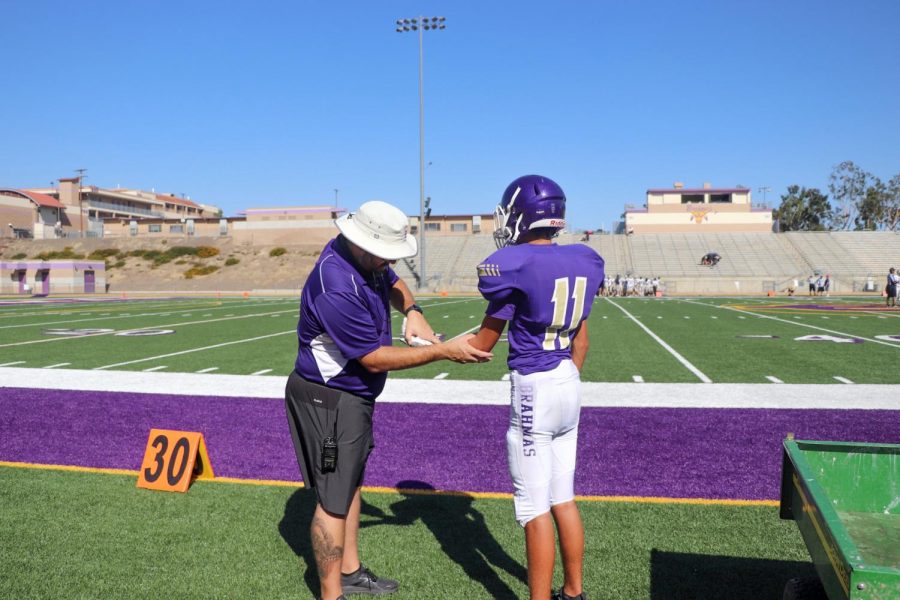Plethora of post-COVID injuries
Just as it takes time to learn math or history, physical fitness can not be developed in a matter of days, especially after months of lounging around and being inactive.
Much to the dismay of student athletes post-quarantine, many are struggling to perform at the same level of play as they had in previous years. In an attempt to make up for lost time, some have pushed themselves over their physical limit, leading them to inevitable injury.
“A lot of our athletes sat and played video games for 16 months and it shows in the fact that they’re not as fast as they were,” Diamond Bar High School athletic trainer Chase Paulson said. “They get tired easily.”
Although coaches have been working to gradually increase students’ physical fitness, the influence of musculoskeletal and joint injuries— including ankle, knee and elbow— have remained strong in student athletes. Depending on the severity of the injury, athletes could be sitting out for a week, possibly even a month.
Freshman Angelina Wu, a junior varsity in cross-country got a knee injury after running an intense, hilly course in summer training. Despite injuring her knee, Wu plans to keep running on it, since it’s not severe enough to warrant a break.
“If I keep running on it, cause that’s what I’m going to do, then I don’t know when it will get better,” Wu said. “Because I still want to race.”
Even if athletes do not get injured at the start of the season, the threat of injury still remains. Since many did not start the season off in the best shape, their bodies are wearing down quicker, making them more prone to injury as the season progresses. Paulson also thinks that, in the coming weeks, more arm and wrist problems will appear in tennis players as the season comes to a close.
Luckily for these students, coaches have recognized the gap in physical abilities, and are doing their best to prevent future injuries. Instead of jumping into the season at full force, Paulson said that coaches have worked to slowly build up their athletes’ fitness.
“They’re taking their time with easy drills and lots of repetition to make sure our student athletes understand the movements before moving or progressing to more difficult tasks,” Paulson said.
Paulson also said that the number of injuries has decreased since the last season, and even with a decrease in athlete participation, the proportion of injuries to the number of athletes has still remained the same.
Patience with student athletes has minimized the chance of getting injured, but students also need to listen to their bodies and not overwork themselves. Paulson advises current athletes to take rest, as continuous exercise without rest does not lead to fitness growth.
“One of the biggest parts of getting stronger or…getting better at your sport is to let your body recover,” Paulson said.
Your donation will support the student journalists of Diamond Bar High School. Your contribution will allow us to purchase equipment and cover our annual website hosting costs.



